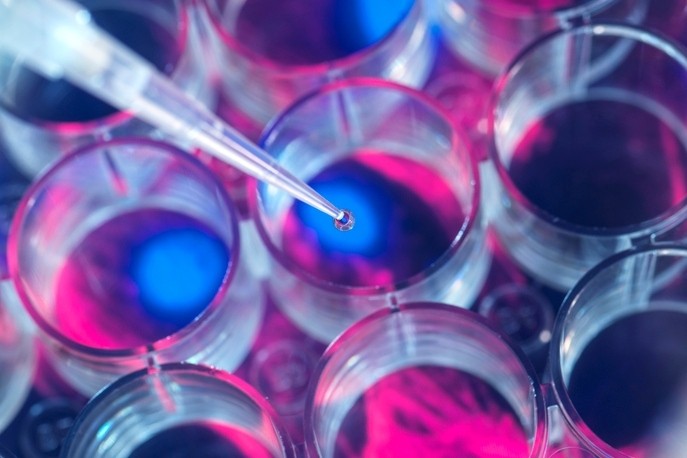CEO
How biotech could improve the ingredient supply chain, according to an expert

Humans have been harnessing biotechnology since the advent of fermented foods and drinks, but since the 1970s the process has been growing as a strategy to produce cosmetics ingredients.
Jasmina Aganovic, CEO of biotech company Arcaea told CosmeticsDesign that biotechnology could help the beauty industry reduce its need for extractive processes in ingredient production, including extraction of botanicals.
“We think to appreciate nature is to consume it,” Aganovic said. “Can we create a way to honor, but be very reciprocal, with our environment. That's what biotech presents, the ability to appreciate without the extractive relationship. That's actually a much healthier relationship for us to have with the world around us.”
Potential decrease of supply chain impacts
Biotech 101
"We make ingredients from petrochemicals or from plants, and in some cases, animals. In each case, we rely on squeezing something out of something else. Then we take it through a process where we hit it with temperature, pressure or some other form of energy to create the ultimate molecule or ingredient at the end. That's generally how we make ingredients."
While biotech is not 100% free of the need for resource extraction, Aganovic said it can seriously improve inefficiencies in the supply chain for naturally derived ingredients.
For example, she said it could take a whole field of roses to produce a usable amount of rose oil, which would also produce waste in the extraction process and create a monoculture. But with biotechnology, the same ingredient could be produced more efficiently.
Aganovic said this efficiency and decreased need for raw materials can help reduce the environmental impact, particularly for ingredients from more problematic supply chains like sandalwood and palm oil, or from animals like squalene.
“Even in the case of biotech, I still want to emphasize that looking at sustainability profiles is still important,” she said. “There are some great lifecycle analysis reports out there that show what the reduction is.”
Two areas to consider around a biotech ingredient’s impact are the energy used to facilitate fermentation and the sourcing of the feedstock, like sugar or molasses.
On top of environmental impact, reducing the amount of raw material needed could also help reduce the social impact of an ingredient by not relying on supply chains with human rights concerns, Aganovic said.
Formulation and research opportunities in biotech
Outside of conscious beauty concerns, Aganovic said biotech can offer some serious advantages in naturally derived ingredients that are hard or impossible to achieve from extractive sources.
While botanicals are fairly important in cosmetic formulation right now, one of the barriers to their broad and easy use is creating standardized ingredients.
Aganovic said when a supplier is using raw material grown in multiple locations under differing conditions, the chemical makeup will differ and the extracts must be mixed in order to achieve a homogenous mixture. That process makes it hard to trace the origins of an ingredient.
The thorn
Aganovic said, unlike their commodity, raw material-based counterparts, biotech ingredients have historically been rather expensive. While the cost has been falling, Aganovic also said biotech can be supported by an increased willingness among brands and consumers to spend more money on products with sustainability claims and impacts.
Ingredients extracted from raw feedstocks are also greatly impacted by bad crop seasons, which are often impacted by changes in the climate, causing price spikes.
“With biotech, you're able to produce something with consistency, purity and accuracy every single time,” Aganovic said. “Also, you are resilient because you are not reliant on changes in the climate.”
Additionally, creating ingredients through biotechnology allows suppliers to develop more variations of an ingredient and design variations for specific purposes. Aganovic said the history of cosmetic hyaluronic acid is a good example of this design process in action.
While hyaluronic acid can be derived from the combs of roosters, Aganovic said Shiseido invented a yeast that could ferment a vegan hyaluronic acid in the 1970s. Since that invention, many types of hyaluronic acid have been developed which she said could not be extracted from animal sources.
“You can be very sophisticated and precise in designing things that you wouldn't be able to do just by extracting it from an animal,” Aganovic said. “We're focusing on how we can create new possibilities, how we can use biology as a design tool to open up new kinds of elements of performance and product experiences.”
















